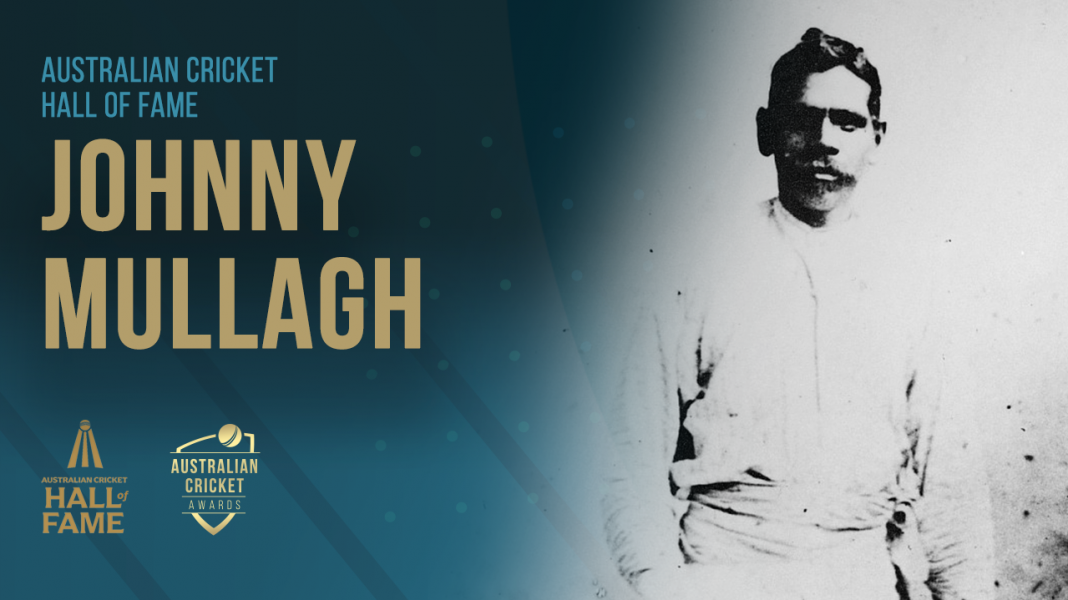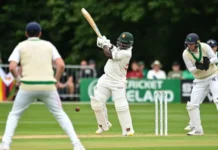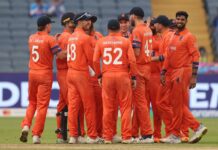Johnny Mullagh (Unaarrimin) has become the first Indigenous player to be inducted into the Australian Cricket Hall of Fame, marking a historic moment in Australian cricket.
Mullagh, who was born in 1841, became known after his performances during an Aboriginal team that toured England in 1868. On the tour that was 47 games long, Mullagh played 45 of those matches, developing a reputation of being a ‘skilful all-rounder’ scoring 1,698 runs at an average of 23.65 and taking 245 wickets at 10. Beyond this, he also took a number of dismissals as wicketkeeper. During his career, Mullagh also played in the third-ever game hosted at the Melbourne Cricket Ground.
Earlier this week, during the Boxing Day Test match between Australia and India at the Melbourne Cricket Ground, Indian batsman Ajinkya Rahane became the first-ever recipient of the Johnny Mullagh medal after his player-of-the-match performance.
The Australian Cricket Hall of Fame has been inducting members for 24 years and when talking about Mullagh’s omission, Peter King, chairman, described the player’s omission from this list as an ‘oversight’ by its judges.
‘This was probably a bit of an oversight in retrospect … We have chosen Johnny as a representative of that era … The ongoing inductee criteria hasn’t changed beyond that. That record speaks for itself and really should have been acknowledged previously. He was a standout in that era .. in this case we wanted to acknowledge the impact Indigenous players have had on the game. That was a decision we made, which I think is a great decision. His record pretty much speaks for itself and it really should have been acknowledged previously, but he’s a stand out character in that era … It’s a little bit difficult to get a lot of background on it, we’ve been searching for people related to Johnny but we’ve been unsuccessful in that pursuit at this point. He was born in 1841, he was about 50 when he died and he was about 27 when he went on the tour to England. There’s some patchy information around the rest of his career’.
You’re reading Emerging Cricket — brought to you by a passionate group of volunteers with a vision for cricket to be a truly global sport, and a mission to inspire passion to grow the game.
Be sure to check out our homepage for all the latest news, please subscribe for regular updates, and follow EC on Twitter, Facebook, LinkedIn and YouTube.
Don’t know where to start? Check out our features list, country profiles, and subscribe to our podcast.
Support us from US$2 a month — and get exclusive benefits, by becoming an EC Patron.







